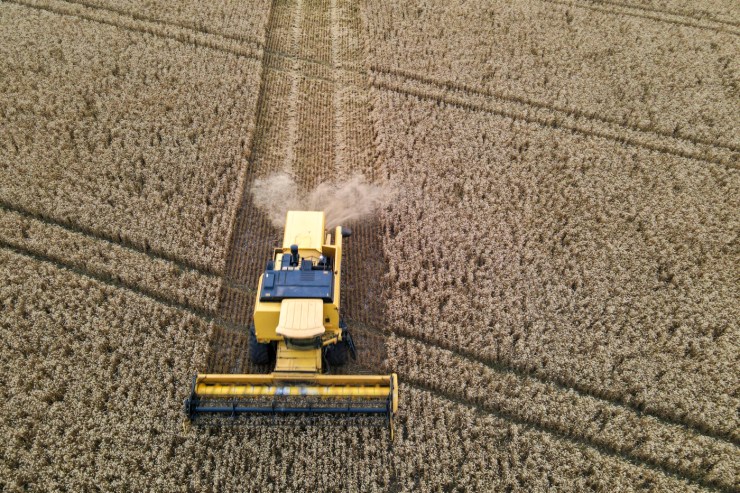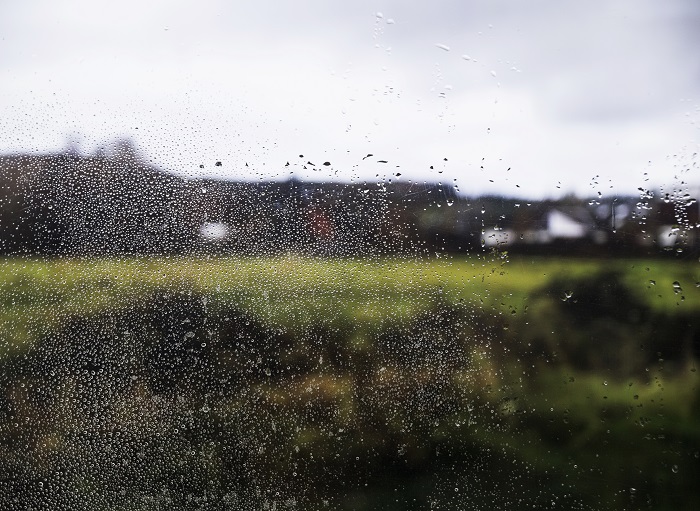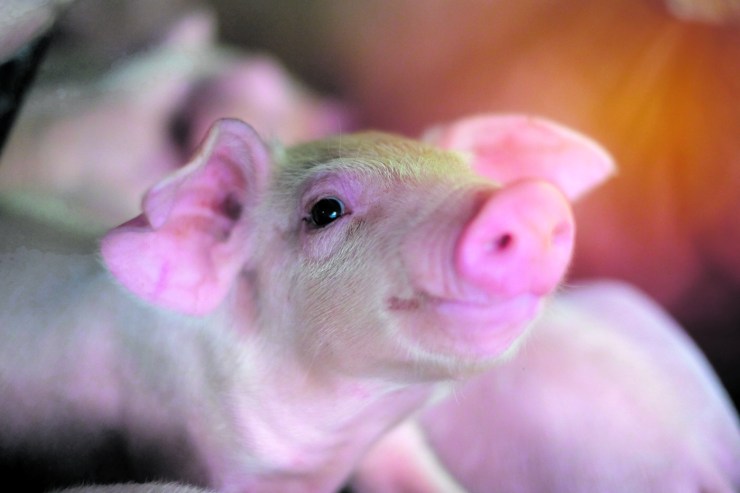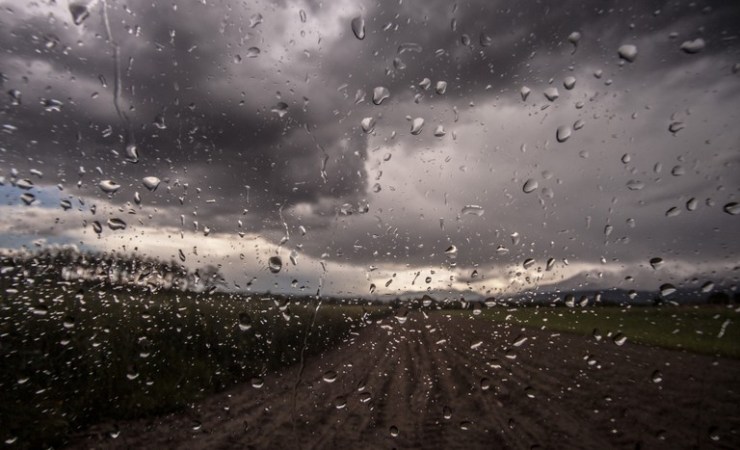The good rainfall recorded in the Southern Region during the first 20 days of September has benefited winter crops, especially wheat, which leads the winter crop sown area. According to the Agricultural Monitoring Bulletin (BMA), released this week by the National Supply Company (CONAB), the highest rainfall occurred in Rio Grande do Sul, particularly in the first week of the month.
Despite frost and storms in some areas, spectral data indicate favorable conditions for crop development. The vegetation index (VI), used to monitor plant growth, shows above-average growth in most producing regions, currently close to or above the previous harvest.

Photo: Jose Fernando Ogura
In Rio Grande do Sul, the main wheat-producing state, the overall condition of the crops is considered good. In Paraná, the weather favored the harvest, and most crops are maturing. In Santa Catarina, the crop shows good production potential, with most crops in vegetative development and some already grain filling. The alternation of sun and high humidity has been crucial for plant growth.
The Bulletin also provides information on the 2025/26 summer harvest. Sowing is progressing, especially in irrigated areas or areas with good soil water availability. Irrigated rice planting has begun in Rio Grande do Sul, concentrated in pre-germinated cultivation areas, while in Santa Catarina, sowing is more advanced on the northern coast. The first corn crop is developing at a rapid pace, benefiting from rising temperatures and regular rainfall. Soybean planting is just beginning in the Center-West, concentrated in irrigated areas, and is progressing in some western and southwestern regions of Paraná.
The full Conab Bulletin, with detailed information on the climate and its impacts on crops, is available on the company's website.





